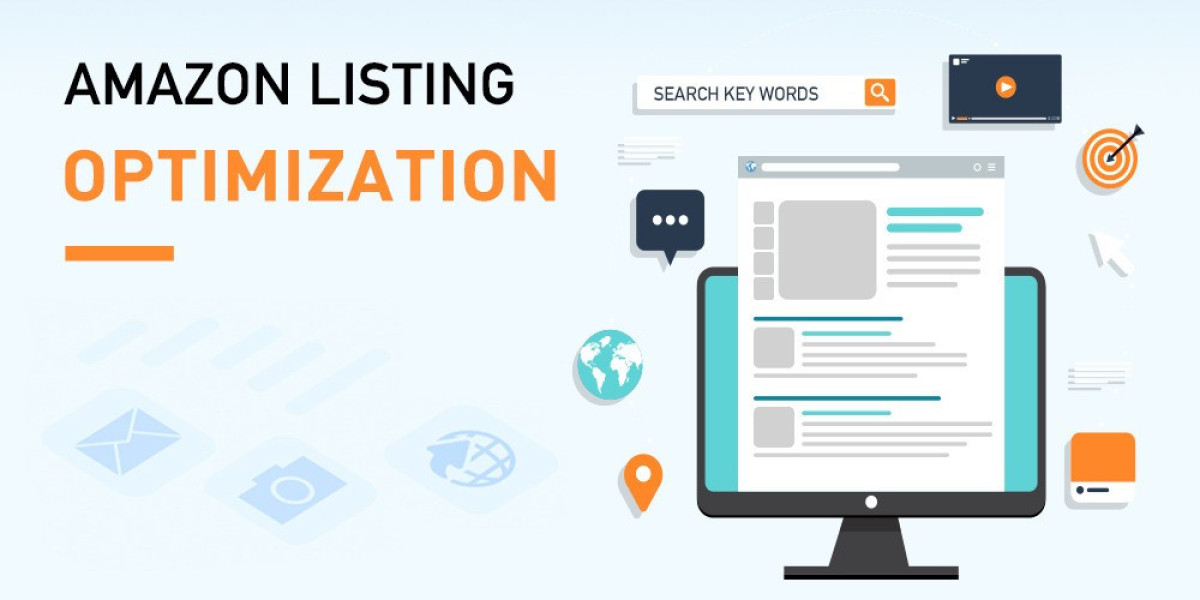Developing an app that meets user expectations and regulatory standards is essential. However, understanding the cost to build a FinTech app across different platforms—iOS, Android, and Web—can be complex. This article provides a comprehensive overview of the factors influencing development costs for each platform, helping you make informed decisions about your FinTech app project.
Factors Influencing the Cost to Build a FinTech App
Before diving into platform-specific costs, it's essential to understand the key factors that affect the overall cost to build fintech app-
App Complexity: The complexity of features, integrations, and security requirements significantly impacts the cost. Advanced features like real-time transactions, AI-based analytics, and regulatory compliance add to the development cost.
Design Requirements: Custom UI/UX design tailored to the FinTech industry can increase costs. High-quality design that enhances user experience and meets accessibility standards is essential.
Platform-Specific Considerations: Each platform has unique requirements, tools, and technologies, influencing development time and cost.
Development Team: The choice between in-house development, hiring a development agency, or outsourcing affects the cost. Agency rates vary based on their expertise and location.
Maintenance and Updates: Post-launch maintenance, updates, and ongoing support are additional costs to consider.
Cost Estimation for iOS FinTech App Development
1. Development Tools and Environment
iOS apps are developed using Xcode, Apple's integrated development environment (IDE). Developers use Swift or Objective-C programming languages. Apple's strict app review process and guidelines can also influence development time and cost.
2. Design and User Experience
iOS apps often require adherence to Apple’s Human Interface Guidelines, ensuring a consistent and intuitive user experience. Custom animations and high-quality design elements add to the cost.
3. Security and Compliance
Security is a top priority in FinTech apps. iOS development involves implementing robust security measures, including encryption and secure authentication. Compliance with financial regulations and data protection laws further adds to the development cost.
4. Estimated Cost
On average, the cost to build an iOS FinTech app ranges from $30,000 to $150,000, depending on complexity, design, and security requirements. More sophisticated apps with advanced features or integrations can cost upwards of $200,000.
Cost Estimation for Android FinTech App Development
1. Development Tools and Environment
Android apps are developed using Android Studio and can be programmed in Java or Kotlin. The diversity of Android devices and screen sizes requires additional effort in testing and optimization.
2. Design and User Experience
Android apps need to adhere to Material Design principles, which involves custom design elements and optimizations for various device sizes and resolutions. This can add to the design cost.
3. Security and Compliance
Similar to iOS, Android FinTech apps must implement strong security measures and comply with regulations. Given the open nature of the Android ecosystem, additional security measures might be necessary to protect against potential vulnerabilities.
4. Estimated Cost
The cost to build an Android FinTech app typically ranges from $25,000 to $120,000. The price varies based on the app’s complexity, design requirements, and additional features. Highly complex apps can exceed $150,000.
Cost Estimation for Web FinTech App Development
1. Development Tools and Environment
Web apps are developed using a variety of technologies, including HTML, CSS, JavaScript, and frameworks like React, Angular, or Vue.js. Backend development involves languages and frameworks such as Node.js, Python, Ruby on Rails, or Java.
2. Design and User Experience
Web apps need responsive design to ensure compatibility with different screen sizes and devices. The cost of designing and developing a responsive and user-friendly interface is a significant consideration.
3. Security and Compliance
Web FinTech apps require robust security measures, including secure connections (HTTPS), encryption, and protection against cyber threats. Compliance with financial regulations and data protection standards adds to the cost.
4. Estimated Cost
Developing a web-based FinTech app usually costs between $20,000 and $100,000. The range depends on factors such as complexity, design requirements, and integration with third-party services.
Cross-Platform Development Considerations
1. Development Tools
Cross-platform development tools like Flutter, React Native, and Xamarin allow developers to write code once and deploy it across multiple platforms. While this approach can reduce development costs, it may involve trade-offs in terms of performance and platform-specific customization.
2. Cost Efficiency
Using cross-platform tools can be cost-effective, especially if you plan to release the app on multiple platforms. However, the need for platform-specific tweaks and optimizations might still impact the overall cost.
3. Estimated Cost
The cost of developing a cross-platform FinTech app typically ranges from $40,000 to $150,000. This estimate considers the need for customization and optimization for each platform.
Additional Cost Considerations
1. Backend Development
Building a secure and scalable backend infrastructure is crucial for FinTech apps. Costs include server setup, database management, API development, and integration with financial systems. Backend development can add $10,000 to $50,000 to the overall cost.
2. Compliance and Legal Fees
Ensuring compliance with financial regulations and data protection laws might require legal consultations and certifications. These costs vary based on the app’s features and regulatory requirements.
3. Testing and Quality Assurance
Rigorous testing is essential to ensure the app’s functionality, performance, and security. Testing costs can range from $5,000 to $20,000, depending on the complexity of the app and the extent of testing required.
4. Marketing and Launch
Marketing and promoting your FinTech app are additional costs to consider. Launching a successful app involves marketing strategies, user acquisition, and ongoing promotion, which can add $10,000 to $50,000 to your budget.
Conclusion
Estimating the cost to build a FinTech app involves considering various factors, including platform-specific requirements, design complexity, security measures, and ongoing maintenance. Whether you’re developing for iOS, Android, or the web, understanding these costs helps in budgeting effectively and making informed decisions about your app project.


